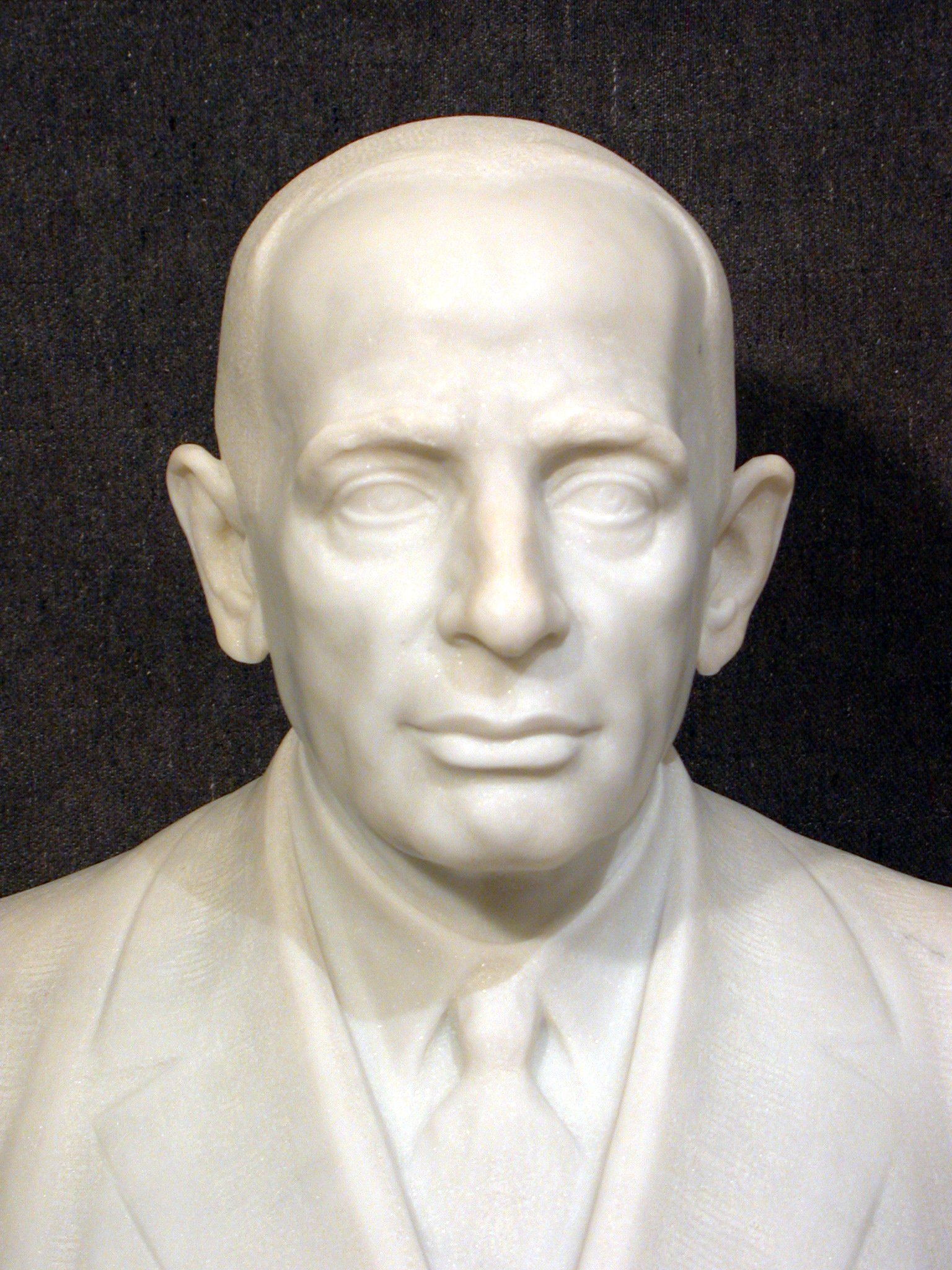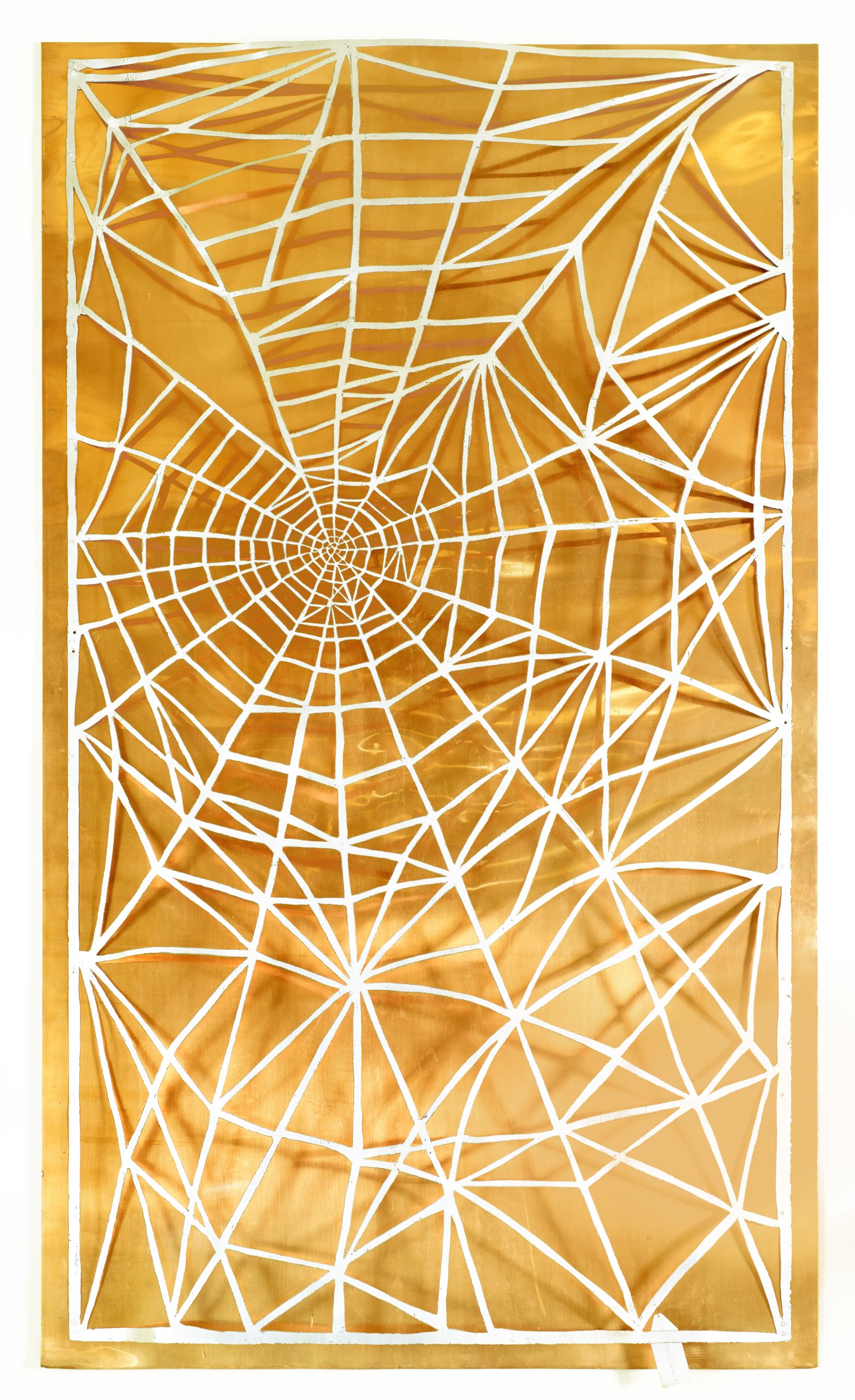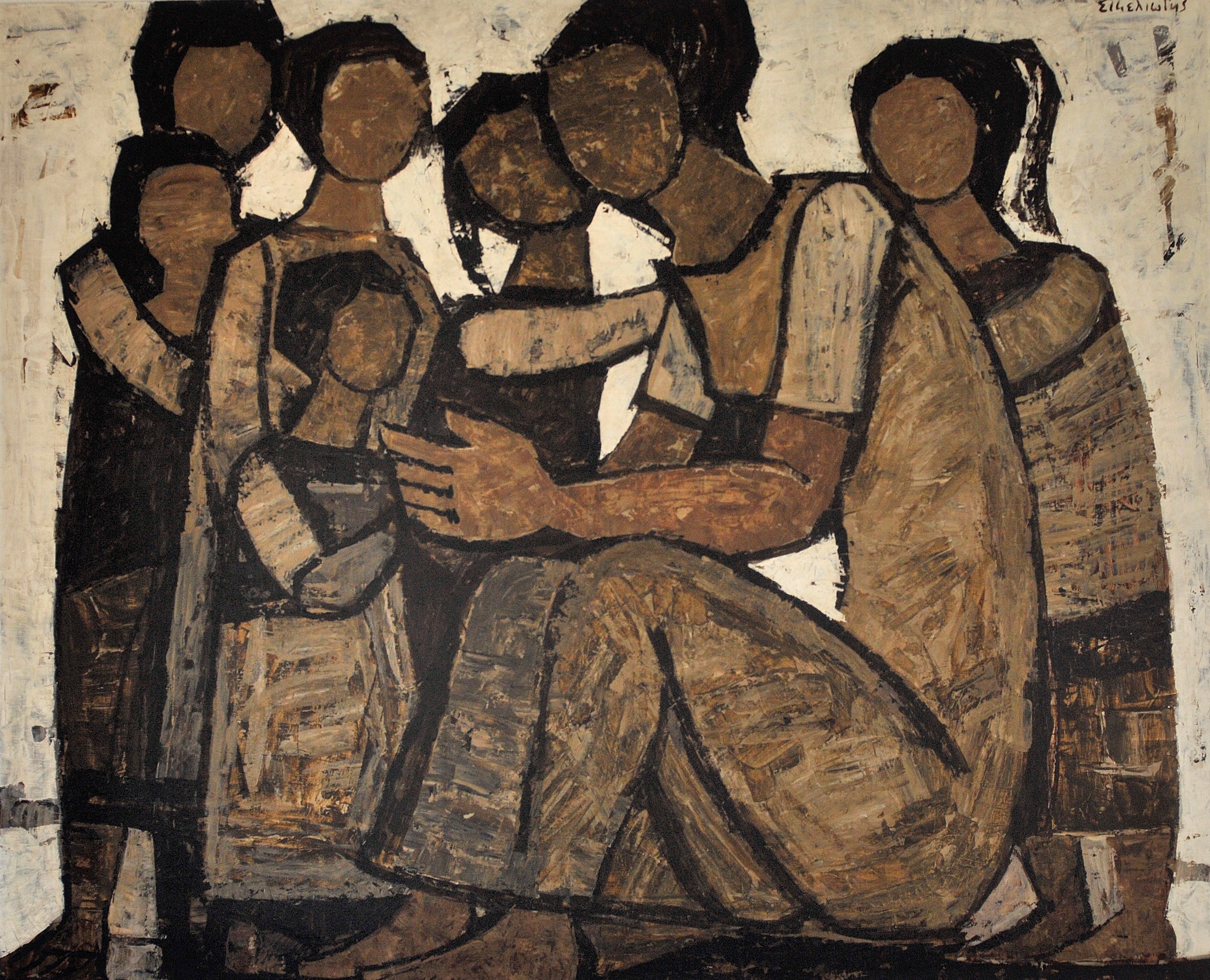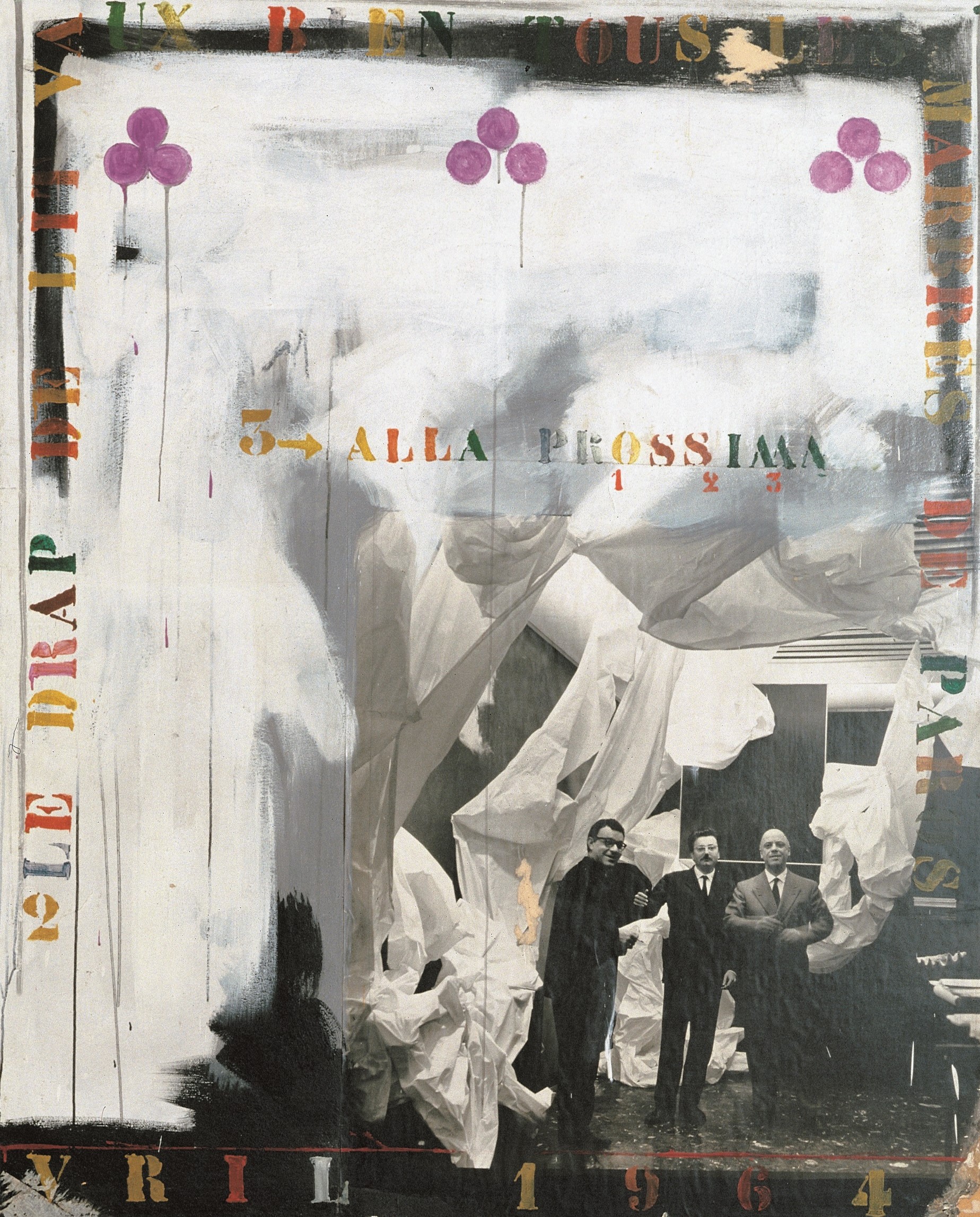Takis, Magnetic Flowers
The Alpha Bank Art Collection includes 3 representative pieces from the series “Magnetic Flowers” by Takis. The artist experimented with innovative materials and created some exceptional samples of groundbreaking contemporary sculpture. Takis’ work with magnetic fields established him as one of the most notable representatives of modern sculpture.
Art with industrial materials
The 3 representative pieces featured in the Art Collection are part of a series of sculptures created by Takis (Vassilakis), titled “Magnetic Flowers”. These are:
- Magnetic Flower AA 1024
- Magnetic Flower AA 1023
- Magnetic Flower AA 2481
To create the sculptures, Takis used random, miscellaneous metal objects and electrical materials. He replaced the stems of the flowers with car shafts, and their pedals with cogs and disks.
The flowers of innovation
The theme of the magnetic sculptures and particularly the Magnetic Flowers interested Takis already since 1957. After the end of the 1980s, the flowers evolved and the presence of the magnetic element became more pronounced in the artist’s compositions.
For the first time, the mechanical and wavelike forces that surround us, yet remain unperceived by us, made a strong appearance in modern art.
Takis’ Magnetic Flowers reveal an innermost fear before the perishable nature of the flowers and an attempt to rediscover them through innovative materials, such as iron and other metals. They are part of a modern technological landscape that brings to mind the harsh realities of the modern urban centres.
His life in a nutshell
Panagiotis Vassilakis (1925-2019) was born in Athens. He became known in the international art scene as Takis. His childhood and adolescence were marked by WWII and the Greek Civil War.
Despite the objections of his family, in 1952 Takis created his first studio, along with his close friends Minos Argyrakis and Raimondos. In 1954 he moved to Paris and was briefly part of the studio of famous Romanian sculptor Constantin Brâncuși.
In 1968 he received an educational scholarship by the Centre for Advanced Visual Studies, Massachusetts Institute of Technology (MIT).
In 1986 he settled back in Greece, and established the Centre for the Arts and Sciences at Gerovouno, Attica.
Artistic influences
A self-taught artist by conviction, Takis’ style was influenced by:
- Cycladic art
- Ancient Greek civilisation
- Innovative artists, such as Picasso and Giacometti
A ground-breaking artistic idiom
Takis’ artistic and explorational journey were based on the study of magnetic forces and the energy of magnetic fields. Electromagnetic, thermal and other waves originating from the use of metallic and electrical materials became the trademark of his work.
This was his way of forming a personal artistic idiom and opening a new dialogue with the invisible forces of nature, breaking new ground in the artistic scene of the 20th century.
Favourite themes and original materials
The natural elements as well as other elements of the environment that cannot be detected by the naked eye were the starting theme for Takis and what set him apart from the other artists of his generation.
His goal was to impose the fourth dimension on his work, meaning the invisible energy created by the magnetic fields around us. Takis then experimented with original materials, such as:
- Light
- Sound
- Magnets
- Electricity
- Electromagnets
The work of art in our publications
Takis’ Magnetic Flowers are referenced in the Alpha Bank publications:
- The Alpha Bank Collection. Paintings – Prints – Sculptures, edited by Irene Orati. The publication accompanied the same-titled exhibition held at the Benaki Museum in 2005.
Buy the publication The Alpha Bank Collection. Paintings – Prints – Sculptures (only available in Greek) on the Alpha Bank e-shop. - Mazi magazine (issue 66, April 2020, pp. 28-32).
In other literature
The pieces are also referenced in the publications:
- Takis. Magnetic Flowers, exhibition catalogue, 1990
- gr design magazine, “Takis”, v. 22, 2019,
- Medusa Gallery (1979-2017), exhibition catalogue, 2022
The Alpha Bank Art Collection is not open to the public.
You can visit it by appointment. Contact us to book your visit.








